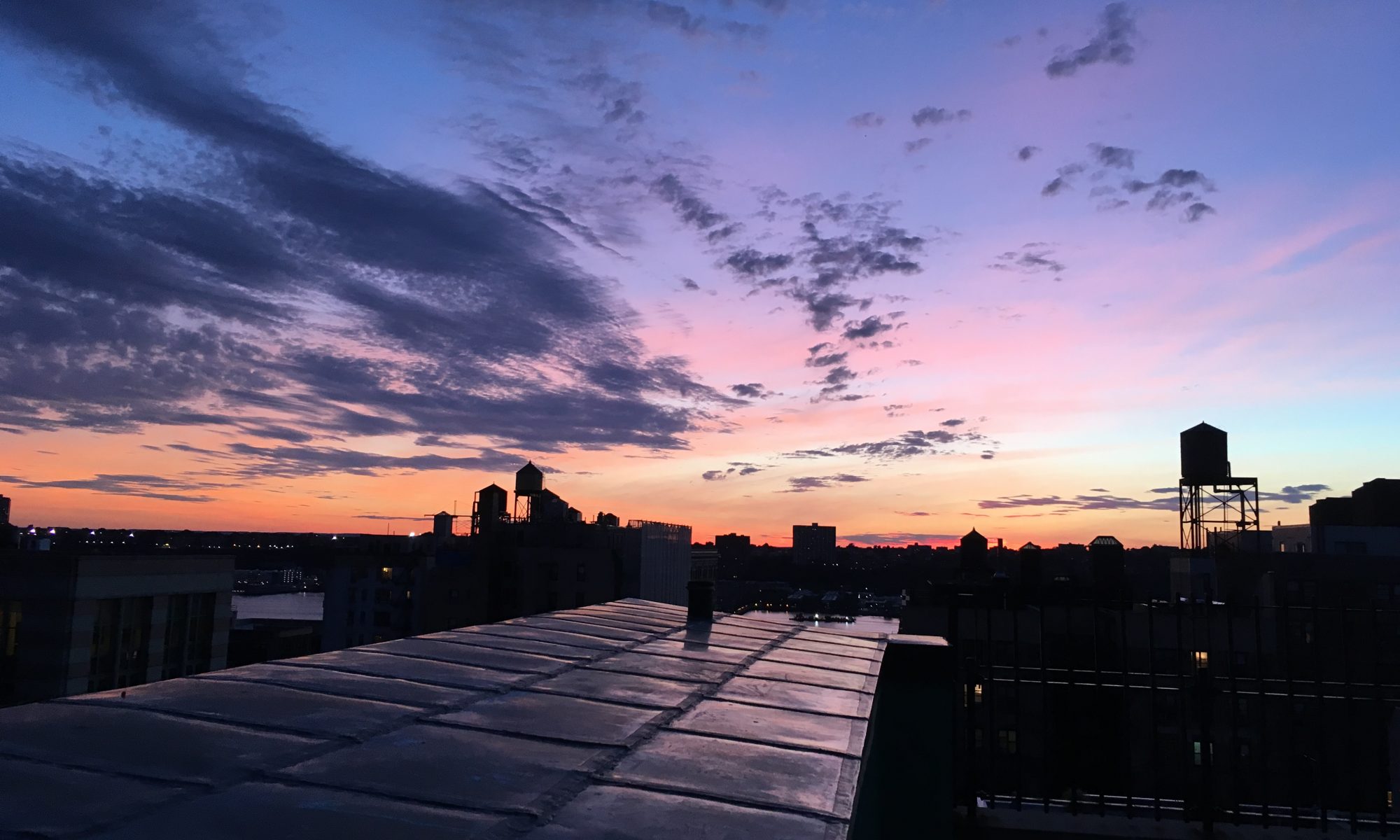I’ve not been keeping nearly as up-to-date on the New York museum landscape as I would like to — life and job have had a funny way of getting in the way of this project.
However, as we dive headlong into whatever new madness 2023 will bring, I’m happy to say that the museum outlook in New York City is very bright. By my count there are currently 180 museums open in New York as of February. By comparison, I had 197 museums in my database pre-pandemic. Early 2021 saw just 105 museums open; in April of 2022 the number was up to 160.
At this point only ten museums remain closed for pandemic-related reasons. It’s doubtful that those, including China Institute, the Children’s Museum of the Arts, and the Onassis Cultural Center, will come back.
Another five: The Frick Collection, the Studio Museum in Harlem, Wyckoff House, Lefferts Historic House, and the Center for Brooklyn History (formerly known as the Brooklyn Historical Society), are closed for renovations and should reopen.

Most hopeful of all are the brand-new museums opening up around New York. My current tally of 180 museums includes three that are new in the past few months: the Jackie Robinson Museum in Tribeca (above, review coming soon), the Bronx Children’s Museum (leaving Queens the only borough without a children’s museum), and the Museum of Broadway near Times Square (below).
Shapes of Museums to Come

Based on a City Realty article and some research of my own, a number of other interesting institutions plan to open in the next couple of years, among them the Italian American Museum, the Universal Hip Hop Museum, and the Urban Civil Rights Museum. And there are a number of significant expansions and remodels going on, including most notably the biomorphic new wing at the American Museum of Natural History and a renovation at the New-York Historical Society.
The new AMNH wing, called the Gilder Center, will open this week, and I look forward to visiting it in person. In my review I called Natural History a museum of museums, since its halls contain some exhibits that seem untouched since the place opened, and others at the cutting edge of museum design (whatever that meant the year they opened). I expect the new building, which looks much more Flintstones than Jetsons (see this Untapped Cities article for more), is going to feel very 2020s to people who view it 50 years from now.

It’s taken a while, but I’m excited by the renaissance of the New York museum scene. It’s hard to believe I’ve been keeping an eye on it since 2017. Hopefully this will finally be the year when I’ll be able to say that I’ve been to all the museums in New York City. At least until the next new one opens its doors.



 Thinking about “future New York Museums” could inspire a ruminative, speculative essay on how the museum business will evolve over the next decade. I certainly have some thoughts about that, given my intense museum-going over the past year.
Thinking about “future New York Museums” could inspire a ruminative, speculative essay on how the museum business will evolve over the next decade. I certainly have some thoughts about that, given my intense museum-going over the past year. When I first compiled my list of New York museums, one of my sources was the
When I first compiled my list of New York museums, one of my sources was the 







 While it feels great to be 53 percent of my way done (tally of currently open museums: 189), there’s still a long 47 percent of the way to go. Hopefully, like a roller coaster, now that I’ve crested the top of the hill, momentum will help carry me the rest of the way.
While it feels great to be 53 percent of my way done (tally of currently open museums: 189), there’s still a long 47 percent of the way to go. Hopefully, like a roller coaster, now that I’ve crested the top of the hill, momentum will help carry me the rest of the way.